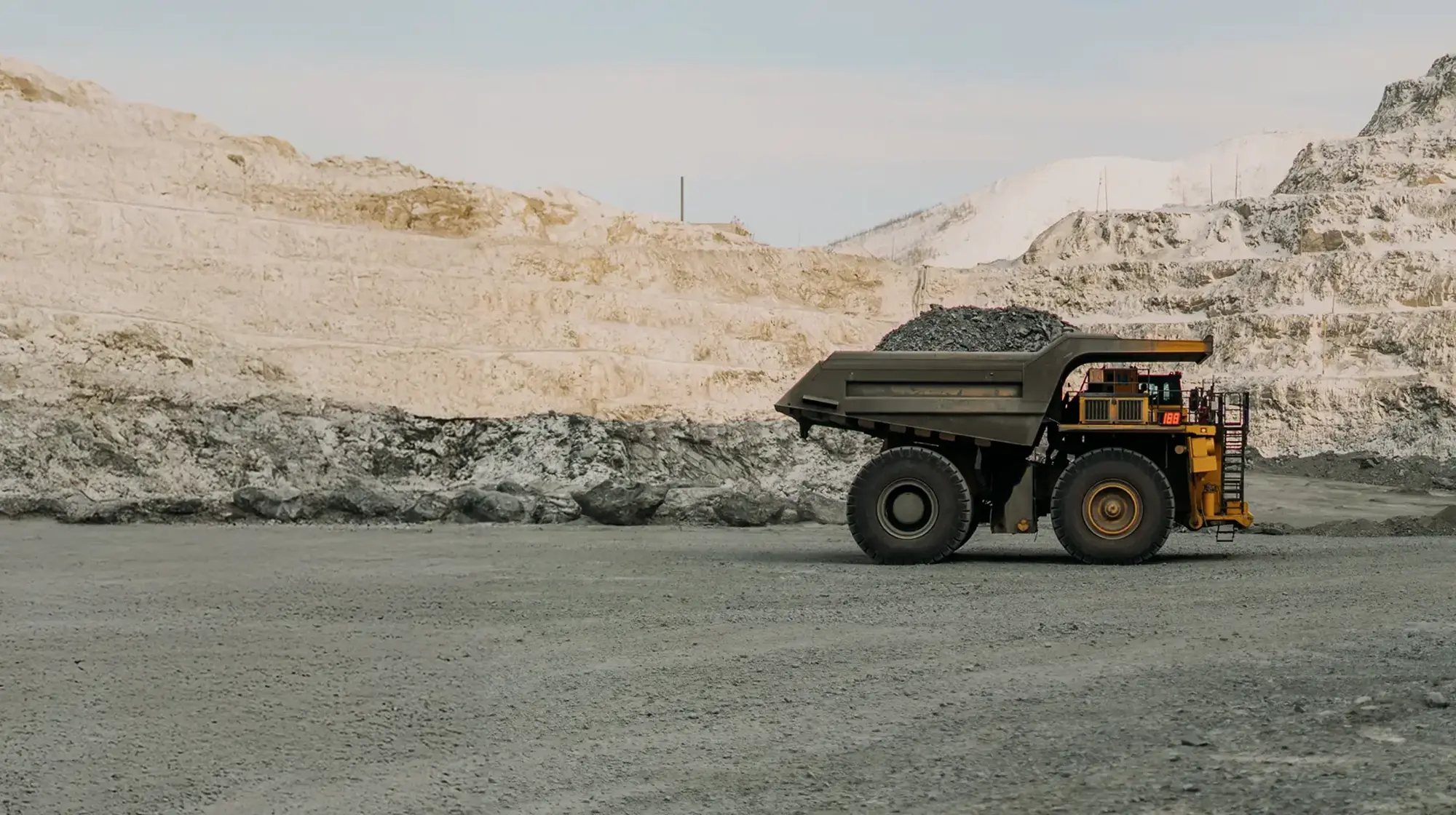Reports related to this article:
Project(s): View 9 related projects in PECWeb
Plant(s): View 8 related plants in PECWeb
Released May 22, 2023 | NEW DELHI
en
May 22, 2023--Researched by Industrial Info Resources (Sugar Land, Texas)--Making steel--the process of converting iron ore into liquefied iron and liquefied iron into steel--uses a lot of energy and is a leading cause of greenhouse gas (GHG) emissions. Most of these emissions are created during the industrial process of transforming iron ore--the raw material--into a liquefied state. One solution for this problem is direct reduction of iron ore.
Direct reduction refers to processes that reduce iron oxides to metallic iron at temperatures below the melting point of iron. The product of such a solid-state process is called direct reduced iron (DRI). This process is comparatively energy efficient because the steel is made using an electric arc furnace (EAF). In the EAF, the DRI is heated and liquefied together with steel scrap to produce raw steel. The use of electricity in this process (assuming it is fueled by natural gas, hydrogen or renewable energy) emits significantly less carbon dioxide (CO2).
In comparison, the blast furnace/basic oxygen furnace (BF/BOF) route for producing steel requires more energy. This is due to the coke-making and sintering processes needed to treat the raw materials. As a consequence, CO2 emissions also are greater.
Industrial Info is tracking data of nine direct reduction iron and steel projects in the DACH (Germany, Austria and Switzerland) and FLB (France, Luxembourg and Belgium) regions, worth US$3.22 billion. Subscribers to Industrial Info's Global Market Intelligence (GMI) Metals & Minerals Project Database can click here for a list of detailed project reports.
Industrial Info Resources (IIR) is the leading provider of industrial market intelligence. Since 1983, IIR has provided comprehensive research, news and analysis on the industrial process, manufacturing and energy related industries. IIR's Global Market Intelligence (GMI) helps companies identify and pursue trends across multiple markets with access to real, qualified and validated plant and project opportunities. Across the world, IIR is tracking more than 200,000 current and future projects worth $17.8 Trillion (USD).
Direct reduction refers to processes that reduce iron oxides to metallic iron at temperatures below the melting point of iron. The product of such a solid-state process is called direct reduced iron (DRI). This process is comparatively energy efficient because the steel is made using an electric arc furnace (EAF). In the EAF, the DRI is heated and liquefied together with steel scrap to produce raw steel. The use of electricity in this process (assuming it is fueled by natural gas, hydrogen or renewable energy) emits significantly less carbon dioxide (CO2).
In comparison, the blast furnace/basic oxygen furnace (BF/BOF) route for producing steel requires more energy. This is due to the coke-making and sintering processes needed to treat the raw materials. As a consequence, CO2 emissions also are greater.
Industrial Info is tracking data of nine direct reduction iron and steel projects in the DACH (Germany, Austria and Switzerland) and FLB (France, Luxembourg and Belgium) regions, worth US$3.22 billion. Subscribers to Industrial Info's Global Market Intelligence (GMI) Metals & Minerals Project Database can click here for a list of detailed project reports.
Industrial Info Resources (IIR) is the leading provider of industrial market intelligence. Since 1983, IIR has provided comprehensive research, news and analysis on the industrial process, manufacturing and energy related industries. IIR's Global Market Intelligence (GMI) helps companies identify and pursue trends across multiple markets with access to real, qualified and validated plant and project opportunities. Across the world, IIR is tracking more than 200,000 current and future projects worth $17.8 Trillion (USD).


